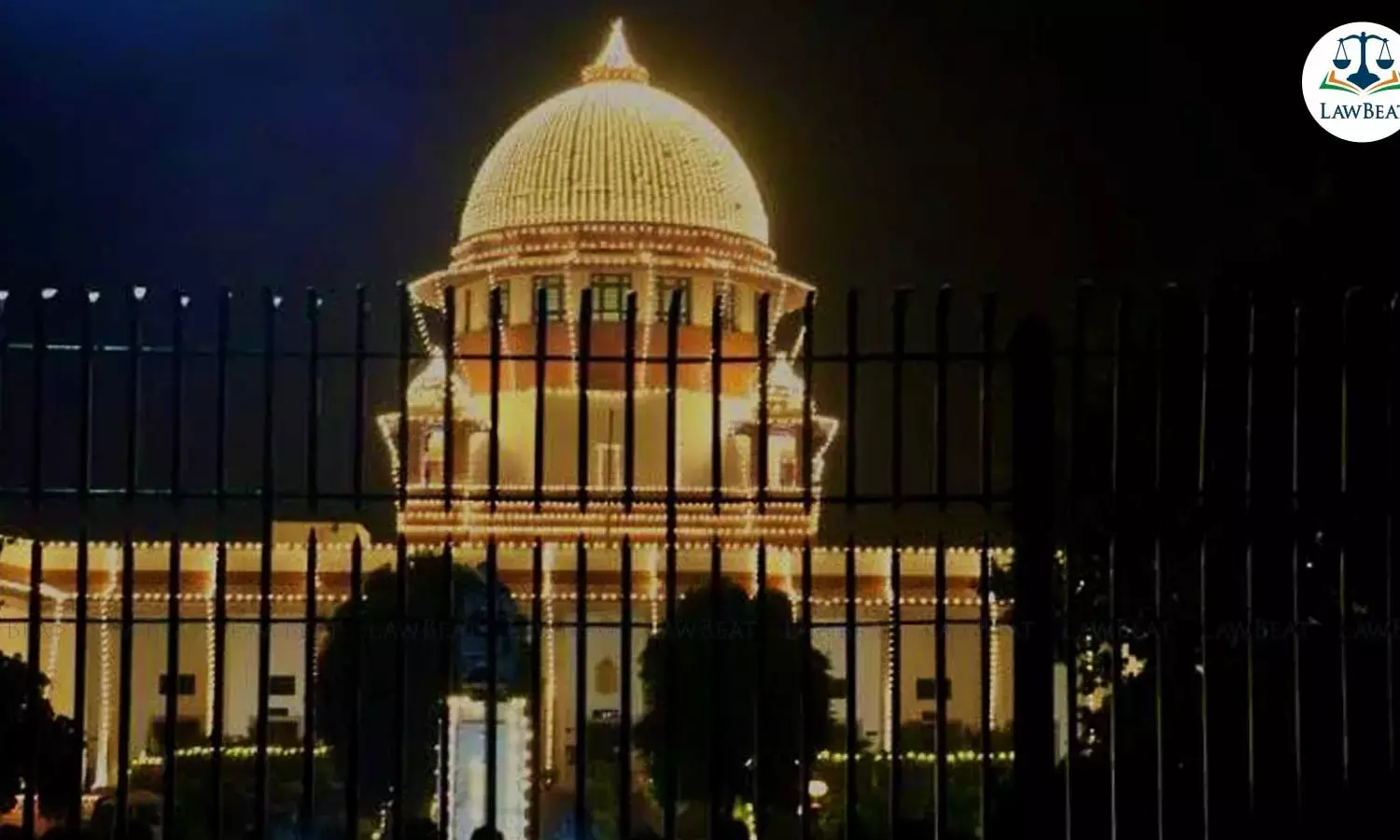Public Trust Doctrine Applies to Artificially Created Waterbodies Too: Supreme Court

SC says even man-made waterbodies fall under public trust — Futala Lake case, Nagpur.
The Supreme Court on October 7, 2025, held that the doctrine of public trust is not confined only to natural waterbodies such as rivers, lakes, and wetlands but also extends to man-made or artificially created waterbodies that serve ecological or environmental purposes.
A three-judge bench comprising Chief Justice of India B R Gavai, and Justices K Vinod Chandran and N V Anjaria, observed that all artificial or man-made waterbodies created from natural resources and contributing to environmental balance fall within the ambit of the doctrine of public trust. The Court said that this principle flows from Articles 48-A and 51-A(g) of the Constitution, which together form the foundation for environmental protection and preservation of natural resources in public interest.
The bench noted that judicial interpretation over the years has evolved the public trust doctrine as a guiding legal concept to ensure that natural resources remain protected for the collective good.
“The concept is that the public has a right to expect certain natural things including waterbodies, wetlands, and natural lands like forests to retain their natural ingredients, and further that the idea of maintenance of their original characteristics finds way into the law of the land,” the bench said.
The Court emphasized that the responsibility to protect environmental resources lies not only with citizens but also with the authorities. The public trust doctrine, it said, must extend to “even man-made or artificially created natural objects, waterbodies, lakes, wetlands, etc., which are drawn and created from nature or natural resources.”
Case Background
The Supreme Court delivered its decision while upholding a judgment of the Bombay High Court dated November 30, 2023, which had dismissed a public interest litigation filed by Swacch Association, Nagpur. The NGO had objected to certain constructions and recreational activities undertaken around Futala Lake in Nagpur, Maharashtra.
The petitioner had claimed that the lake was a “wetland” and must be protected from any form of construction or human interference. It alleged that the installation of a musical fountain, viewers’ gallery, parking plaza, and related structures violated environmental norms and would damage the ecological integrity of the lake.
However, the High Court found that the allegations were based on newspaper reports and that none of the constructions were of a permanent nature. It also directed the Nagpur Municipal Corporation and other authorities to ensure that no permanent structures were developed within the lake area and that all activities near the lake must be carried out in an environmentally responsible manner.
Supreme Court’s Findings
The apex court agreed with the findings of the Bombay High Court and dismissed the appeal. It clarified that while the lake deserved environmental protection under the doctrine of public trust, it did not fall within the statutory definition of a “wetland” as defined under Rule 2(1)(g) of the Wetlands (Conservation and Management) Rules, 2017.
The bench noted that Futala Lake, also known as Telangkhedi Tank, is situated on the western side of Nagpur City and was constructed in 1799 by Shri Gyanoji Bhosale. The Court recorded that the lake and its catchment area together cover about 200 hectares and were built to cater to irrigational needs, making it a man-made waterbody.
“The Futala Lake is a man-made waterbody and it does not fall within the meaning of the statutory definition and is not a ‘wetland’ as defined in Rule 2(1)(g) of the 2017 Rules. The definition excludes human-made waterbodies and those constructed inter alia for irrigation purposes,” the Court observed.
The bench further noted that the statutory concept of a wetland does not include river channels, reservoirs, or tanks constructed specifically for drinking water, irrigation, or aquaculture. Therefore, Futala Lake, being an artificial structure designed for irrigation, could not be classified as a wetland under the law.
Extension of the Public Trust Doctrine
While upholding the High Court’s judgment, the Supreme Court broadened the scope of the public trust doctrine, stating that environmental protection cannot depend solely on whether a waterbody is naturally formed or artificially created. What matters, the Court said, is whether the resource contributes to ecological balance and environmental health.
“It calls for responsibility not only on the part of the citizens, but the authorities also are equally enjoined to ensure that the doctrine of public trust in this sphere is applied and furthered,” the Court said.
The bench stated that this approach would promote the right to a healthy environment and ecological balance under Article 21 of the Constitution, which guarantees the right to life. It added that sustainable development and ecological preservation are consistent objectives under constitutional law.
Finally, reiterating the Bombay High Court’s directions, the Supreme Court urged local authorities to ensure that no permanent construction is undertaken within the lake and that its environmental character is preserved for the benefit of future generations.
“It is only proper that this pristine waterbody in the city of Nagpur continues to exist with twin objectives — to bring public good for the citizens of the city and also contribute to maintaining environmental friendliness without causing any ecological damage,” the bench stated.
Case Title: Swacch Association, Nagpur v. The State of Maharashtra & Others
Bench: Chief Justice B R Gavai, Justices K Vinod Chandran and N V Anjaria
Date of Judgment: 7 October 2025
